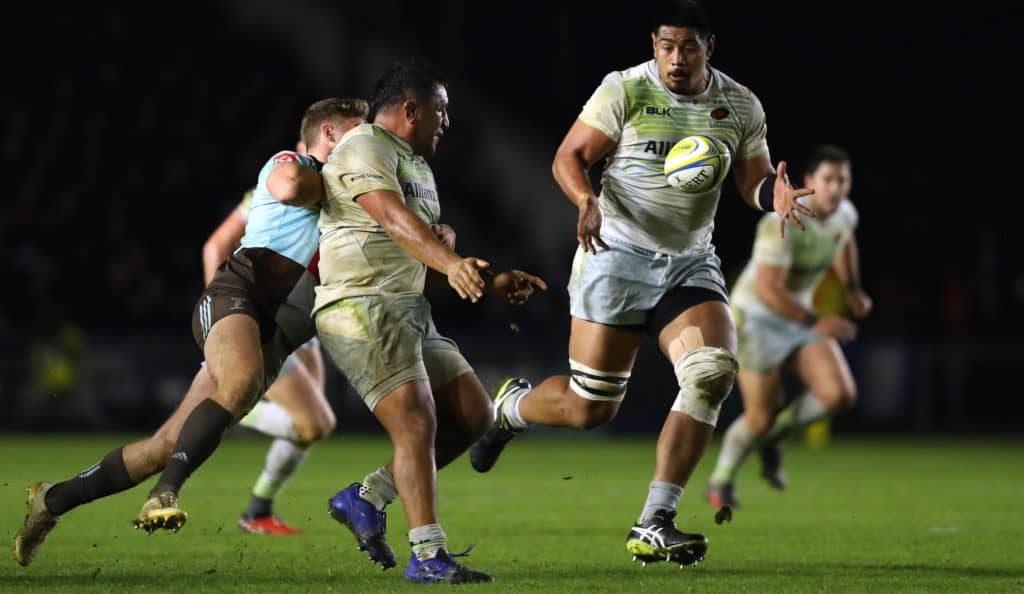
Are rugby union players bigger than league players?
On average rugby union and league players are the same size. The average professional rugby player from both codes is 6ft 1 and weighs 100kg. However, Rugby union props and locks are heavier than their league counterparts (118kg vs 110kg & 117kg vs 104kg).
Overall there is little size difference between rugby union and league players. The average size is remarkably the same with the average professional standing at 6ft1 and hitting the 100kg mark on the scales.
Both rugby union and league backs are typically between 6ft and 6ft 1 and weigh between 90kg to 97kg, with the occasional player being considerably over or under these figures. Two legendary little men include league’s Preston Capmbell standing at 5ft 6 and weighing 73kg, who was known for his amazing stepping ability and the South African speedster Breyton Paulse standing at 5ft 9 and weighing 78kg.
While rugby backs tend to be very similar in both codes there are a few big size differences between union and league forwards. This is because union and league forwards have quite different roles and union players tend to be quite specialised, needing certain physical attributes to be successful during the lineout and at scrum time.
Rugby union props on average are 6ft 1 and weigh 118kg. While league props are 6ft 3 and weigh 110kg. The difference in size is because of union having contested scrums while league does not. Scrummaging is a major skill union props need to develop.
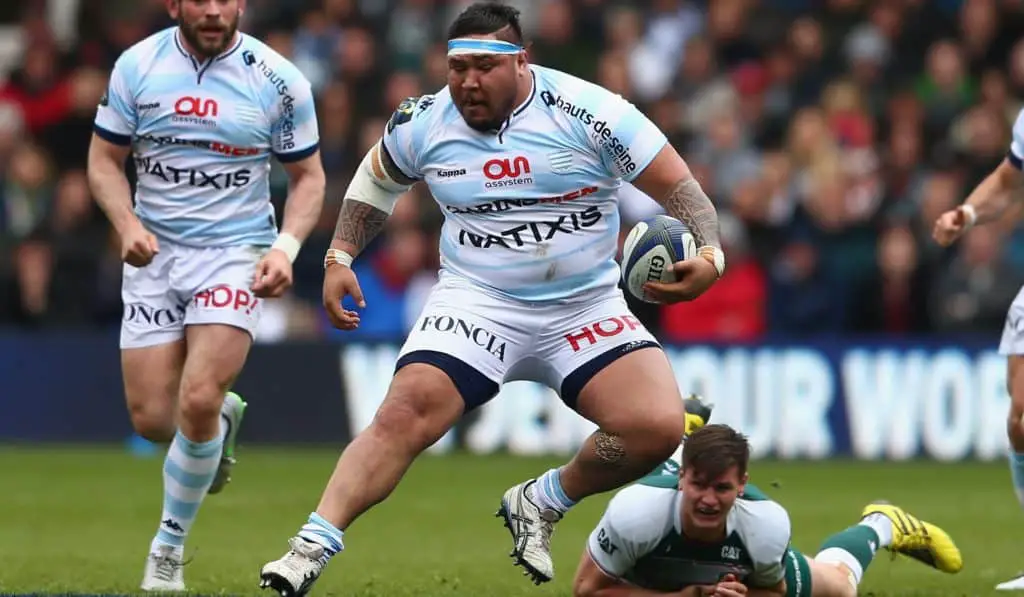
To be effective at scrummaging union players need to build the ideal physique which is closer to Sumo wrestler than bodybuilder. Union props need to have a low centre of gravity so it is difficult for their opponent to get underneath and drive them backwards and have a high bodyweight so they can showcase huge power when pushing during scrum time. The perfect physique for scrummaging appears to be 6ft 1 and 118kg.
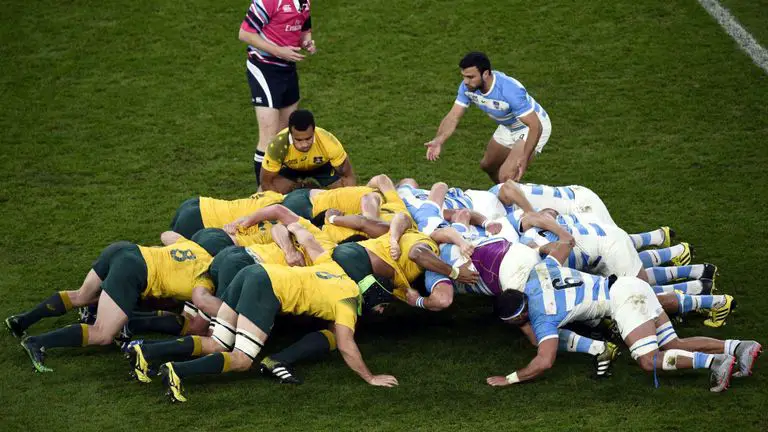
The job of a prop in rugby league is quite different to his union counterpart. League props do not have to worry about scrums and instead are used primarily as strong ball runners who are used to soften the defence up the middle. They are expected to go on many rampaging runs throughout the match and follow that up with strong defence around the ruck to ensure their opposition props do not break the line.
Rugby league props need to be big and strong but they also need to be much fitter, more agile and faster than their union cousins due to the extra ball running and tackling responsibilities. This is why the average league prop weighs 8kg less while being two inches taller than a union prop.
There is a big size difference between second rowers in union and league. In union the average second rower is 6ft 6 and weighs a whopping 117kg. While in league the average second rower is 6ft 1 and weighs only 104kg.
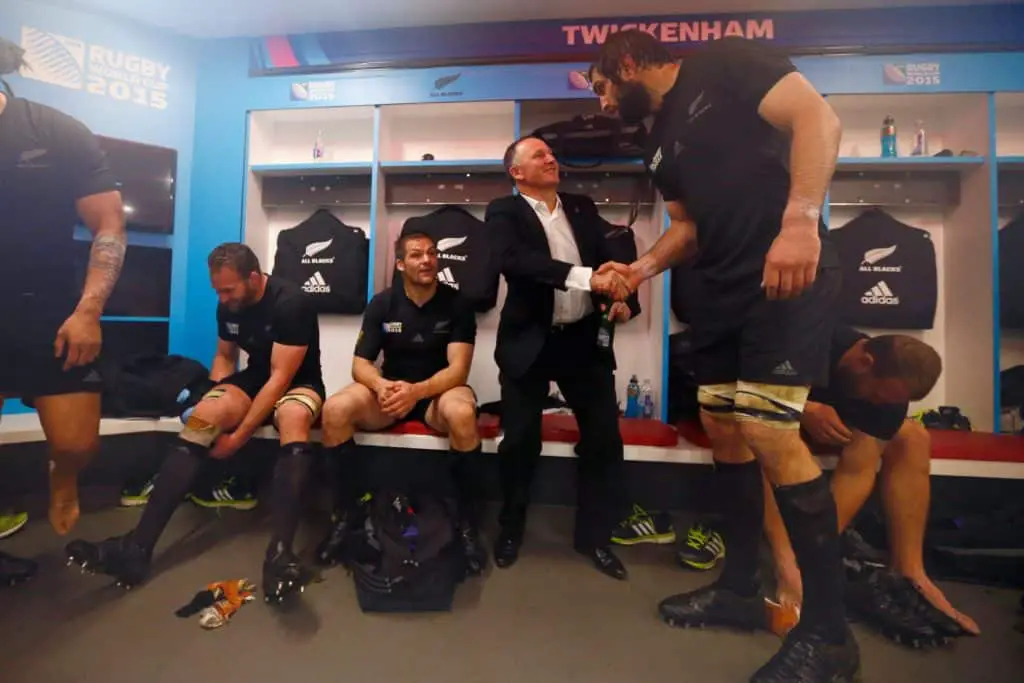
The size difference between the two second rowers again comes down to responsibilities. In union second rowers play a very important role in the scrum. They are the engine room and provide the front row with the leg drive they need to push over the ball. They also are the battering rams that protect the ball at the breakdown, clearing out any would be ball thieves. To generate effective pushing power they need to be mountains of men and that extra weight comes in very handy.
The height difference can be explained by the presence of lineouts in rugby union. When the ball goes out of bounds in rugby union a lineout will occur, where the two sides’ forward packs will line up and the hooker will throw the ball down the centre and the second rowers will jump and be lifted in the air in an attempt to take possession of the ball. NBA level height is very useful when you are trying to leap above your opposition to grab a hold of the ball.
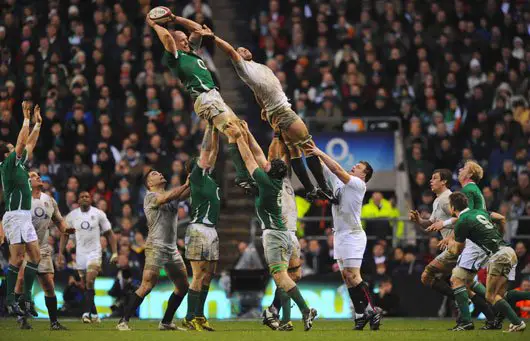
As rugby league doesn’t have contested scrums, breakdowns or lineouts, league second rowers do not need that extra weight or height that union players do. League second rowers need to be very fit, fast and powerful as they are expected to make 30 plus tackles a game and make impactful hit ups throughout the match. To handle this workload they need to be strong and powerful but extra weight and height only slows them down and hurts their agility.
There is also a large discrepancy in the height and weights of union and league hookers. The average union hooker is 6ft and weighs 106kg. While the average league hooker is 5ft 10 and weighs 90kg.

The role of the hooker in league is very different than in union. A hooker in league is the equivalent of a halfback in union. The hooker will follow the play of the ball and pass the ball from the base of the ruck to his forwards and backline.
He will organise the offense and determine who receives the ball. To excel at this role a hooker needs to be very fit as they constantly need to keep up with the ball and as they are constantly bending down to pick the ball up excess height is a disadvantage.
While in union the role of the hooker is primarily at scrum time. The hooker is in charge of hooking the ball and winning possession for his side. To handle the pressure of scrums union hookers need to be stocky, very powerful and have a low centre of gravity. As the role of the two hookers differs substantially the result is that league hookers tend to be significantly shorter and lighter than union hookers.
Conclusion
On average both rugby union and league players are not only the same height (6ft 1) but also the same weight (100kg). This may be surprising as the sports are quite different. However, in the positions where the roles of the players differ the most there are some quite big size differences.
Rugby union props are much heavier than their league counterparts (118kg vs 110kg) but also tend to be shorter (6ft 1 vs 6ft 3). Union second rowers are significantly taller and heavier than their league cousins (6ft 6, 117kg vs 6ft 1, 104kg) while union hookers are both taller and heavier than league hookers (6ft, 106kg vs 5ft 10, 90kg).
